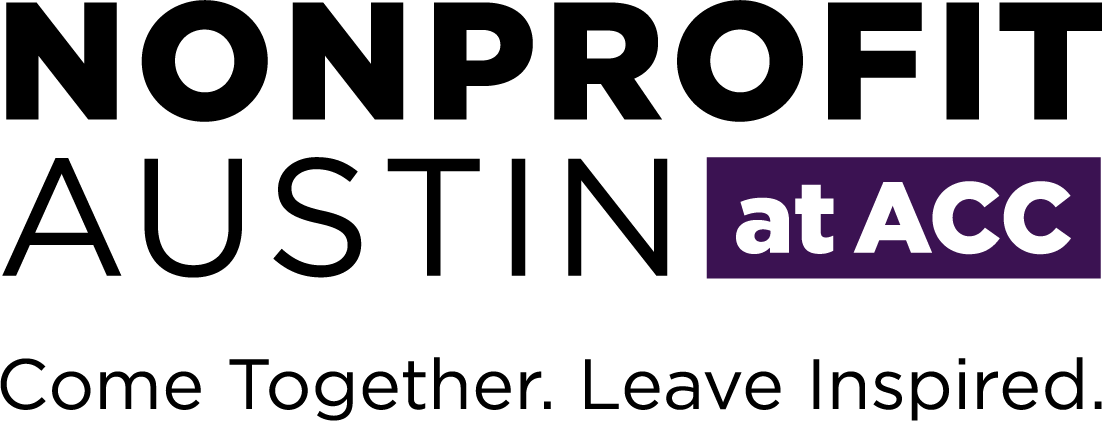
Board Operations
#19. Boards should have at least six meetings a year and expect regular attendance of members.
Why
Boards should meet regularly enough to keep members engaged in the organization’s work, to foster ongoing conversation and to build relationships between board members and between staff and board. Well-functioning committees are key to keeping the work of specific aspects of the board going in between meetings. Boards should have a specific way to address attendance issues among their fellow board members.
#20. To ensure broad public participation, vitality and diversity, the board should establish term limits of no more than nine consecutive years.
Why
An organization can set its own term length for board members. One recommendation is to set term lengths at three years and allow members to be eligible for re-election for up to three consecutive terms. In reference to practice #9, nonprofits should also implement staggered board terms.
#21. Boards should adopt practices that maximize participation, including accommodating remote or electronic participation in meetings, deliberations or decision-making.
Why
Texas Tex. Bus. Org. Code §22.002 states that “ Subject to the provisions of this code and the certificate of formation and bylaws of a corporation, a meeting of the members of a corporation, the board of directors of a corporation, or any committee designated by the board of directors of a corporation may be held by means of a remote electronic communications system, including videoconferencing technology or the Internet, only if: (1) each person entitled to participate in the meeting consents to the meeting being held by means of that system; and (2) the system provides access to the meeting in a manner or using a method by which each person participating in the meeting can communicate concurrently with each other participant.
These practices may help to promote a higher level of board involvement, especially if board members represent different geographic areas or have different accessibility requirements.
Additional Resources:
- On board meetings see page 11 — https://www.trla.org/www_texascbar/wp-content/uploads/2018/01/Nonprofit-tool-kit-2018-Revisions-1.24.18-FINAL.pdf
#22. Boards should organize committees as needed so that they can effectively structure their roles and responsibilities in order to properly exercise their duties.
Why
Texas Tex. Bus. Org. Code §22.218 provides for the formation of board committees and sub-committees. Committees provide a valuable way for board members to engage in specific areas where they have strong interest or expertise. Committees can engage board members beyond their regular board meetings and enable board members to support the organization in deeper ways.
It is common for boards to have standing committees related to finance, fundraising, governance and personnel. In some cases, too many committees may actually make board members feel less engaged. Board committees can also include non-board members and, thus, act as a conduit for recruiting or training future board members.
#23. The board chair is responsible for presiding over board The board chair should also make sure that board members have access to key organizational documents and training. The board chair should pay particular attention to helping the board be aware of its obligations with regard to conflicts of interest, board attendance, board evaluation and compliance with board policies.
Why
The board chair is responsible not just for facilitating board meetings, but also setting expectations for how board members might contribute effectively during meetings and helps encourage engagement from all members. The board chair ensures that the board’s time is well spent and makes sure issues of priority are addressed in board meetings. The board chair and chief executive work in partnership to ensure that key items are implemented. The board chair is also usually the key spokesperson for the board to external stakeholders.
Additional Resources:
- On Robert’s Rules of Order — https://www.rulesonline.com/
- MAP board training — https://www.mapfornonprofits.org/training/board-chair-training/
#24. The board of directors, led by the board chair, should annually evaluate its own performance and review the results with an eye toward improving its practices.
Why
Conducting an annual board assessment will help a board evaluate how it performs compared to generally accepted governance best practices. An assessment can gauge how well board members understand the organization’s mission and how this mission is accomplished, and how it performs in key areas including: program assessment, resource development, organizational development and planning.
Note to Readers: Please be aware that certain words have particular meanings in this document.
 “Must” is used to describe practices required by stake or federal law, and is noted with a gavel symbol and highlighted in red.
“Must” is used to describe practices required by stake or federal law, and is noted with a gavel symbol and highlighted in red.- “Should” is used to describe highly recommended practices.
- “Constituents” describes people with a stake in the success of the organization and may include members, neighbors, clients, volunteers and contributors.

